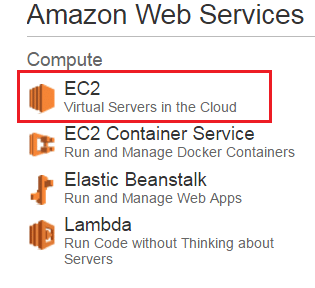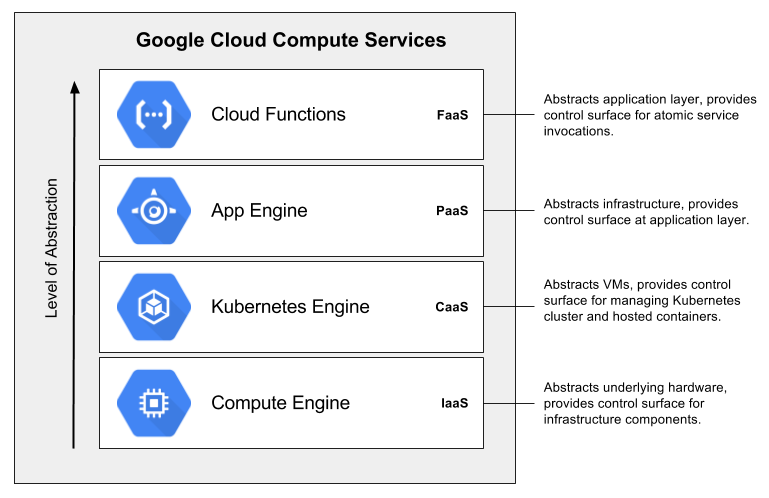
TLS and SSL are two different types encryption protocols. These types of encryption protocols use different types of algorithms to encrypt data. Although both protocols can be useful, there is a significant difference between them. Let's take a closer glance at some of the key differences.
Authentication
SSL and TLS are two protocols that use client authentication to limit access to authenticated users. This authentication helps prevent attacks from external sources. It is widely accepted and widely utilized, but it requires client certificates that are installed on client machines. This can be time-consuming for administrators and difficult for users.
The two protocols employ different ciphers to encrypt data. TLS uses a more powerful and advanced set of ciphers, and it has perfect forward secrecy. They also have different methods for communicating error conditions and warning messages. TLS uses encrypted messages to send alerts, which can only be read by the intended recipients.

Encryption
SSL and TLS have a fundamental difference in how they encode data. SSL uses asymmetric encryption to protect information sent over a network. To protect data, this type of encryption uses both a private key as well as a shared secret. This type of encryption is secure and reliable because the servers and clients negotiate these details before sending any data.
A number of vulnerabilities have been found with TLS 1.0, including a vulnerability called BEAST. The BEAST exploit exploits a well-known TLS 1.0 vulnerability called cipher chaining. An attacker can force a server using weaker 512 bit encryption keys to exploit this vulnerability.
Certificates
The difference between SSL and TLS certificates may be confusing, especially if you aren't familiar with internet protocols. TLS security protocols are more advanced than SSL certificates, which provide the same level in encryption. For those who aren't certain which protocol is best, you can read on to learn more.
SSL and TLS certificates are digital certificates issued from a certificate authority. They provide the client with a public cryptographic key, which is required to make a secure connection. The certificate authenticates the certificate authority to be the owner the public key.

Implementation
SSL and TLs offer encryption for internet traffic. These protocols use cryptographic keys which are computed over Protocol messages. These keys are used to verify data integrity. Both the client and the server use the session keys to secure the connection. Both the client and the server must agree to send encrypted data in order to establish a secure connection.
TLS and SSL can be found in many free and open-source software projects. OpenSSL is a popular implementation of these protocols. CyaSSL and CyaSSL libraries are embedded into many web browsers. Many software projects use these libraries to support SSL and TLs. These libraries support SSL or TLS over TCP which is a reliable, datagram-oriented transport protocol.
FAQ
Should I use WordPress or a website builder?
A small website is the best way to build a successful web presence. If you have all the resources and time, then build a website. You might start with a simple blog if you don’t have the time or resources. As you become proficient in web design and development, you can add features as needed.
However, before you create your first website you need to set up a primary URL. This will give you a pointer to which to publish content.
How do you design a website?
Your customers will first need to understand the purpose of your website. What are they looking for when they visit your site?
What problems might they have if they don't find what they're looking for on your site?
This knowledge will help you to identify the problems and then solve them. Your site must look professional. It should be easy to use and navigate.
You should have a well-designed website. Make sure that it doesn't take too long to load. If it takes too much time, people will not stay as long as they want. They will move on to something else.
When you are building an eCommerce site, it is important to consider where all your products are located. Are they all in the same place? Are they in one location?
It is important to decide whether you will sell only one product or multiple products at once. Do you prefer to sell one type of product, or several types?
When you answer these questions, your site can be built.
Now you need to worry about the technical side of things. How will your site work? Is it fast enough? Can people get to it quickly from their computers?
Will people be able to buy something without having to pay extra? Do they need to register with you before they can purchase anything?
These are essential questions that you need to ask yourself. When you have the answers, you can move on.
WordPress is it a CMS?
Yes. It is called a Content Management System. CMS allows you control your website content using a web browser and not an application like Dreamweaver, Frontpage or Frontpage.
WordPress's best feature is its free pricing! Hosting, which is usually provided by your ISP, is free.
WordPress was originally designed to be a blogging platform. However, WordPress now offers many options including eCommerce sites and forums, membership websites, portfolios and portfolios.
WordPress is easy and quick to install. The installation file must be downloaded from the website and uploaded to your server. Then, you simply visit your domain name through your web browser and log in to your new site.
After installing WordPress, you'll need to register for a username and password. Once you have logged in, a dashboard will appear where you can view all of your settings.
Here you can add pages and posts, images, menus, widgets and plugins. If you are comfortable creating and editing content, you can skip this step.
If you prefer to work with a professional web designer, you can hire them to manage the entire process.
Statistics
- Studies show that 77% of satisfied customers will recommend your business or service to a friend after having a positive experience. (wix.com)
- Did you know videos can boost organic search traffic to your website by 157%? (wix.com)
- When choosing your website color scheme, a general rule is to limit yourself to three shades: one primary color (60% of the mix), one secondary color (30%), and one accent color (10%). (wix.com)
- Is your web design optimized for mobile? Over 50% of internet users browse websites using a mobile device. (wix.com)
- It enables you to sell your music directly on your website and keep 100% of the profits. (wix.com)
External Links
How To
Drupal 7 Web Design: How to use it
Drupal is the most used Content Management System (CMS) of today. It was developed back in 2003 by Dries Buytaert from Belgium. Its name is derived from Dirk Buijtewaard's first and last names, Pierre d'Herbemont. Drupal was open-sourced in 2005. Many versions of the CMS have been developed since then. Drupal is widely used today by companies and websites around the globe.
There are several reasons why Drupal is so popular among website owners. It is easy to download and install. It is simple to customize and expand. Third, it is very well documented. It provides tremendous support via IRC channels and forums. It can be extended via modules. Sixth it supports multiple languages. Seventh, it is easily customizable. It can be scaled. It is secure. Tenth, reliable. It is also supported by the community. Drupal is an excellent choice for your next development project.
You might be wondering what makes Drupal unique from other CMSs. It is very simple. Drupal is an open-source content management system. Drupal is completely free and can be downloaded freely. Drupal gives you full control over your website. You have complete control over your website. You can add or delete pages.
Drupal is a good choice if you don't have the technical skills to build a website. Drupal, unlike other CMS, doesn't require you to know programming to build your website. You only need to know how Drupal works. After that, you'll be able customize your website according to what you need.
Drupal offers many plugins and themes that can be used to enhance your site's functionality. These plugins help you to enhance your site's functionality. To gather contact information from your visitors, you could use the Contact Form Module. Google Maps is another option to show maps on your website. There are thousands of ready-made templates that come with Drupal. These templates give your website a professional look.
Drupal is flexible, too. Drupal allows you to add modules or replace existing ones, without worrying about compatibility issues. If you are looking to integrate social networks into your website, this is possible quickly. You can also set up RSS feeds, e-mail subscriptions, and more.
Drupal's flexibility is also a plus. You can add custom fields and forms, manage users, and more. Drupal allows you to create complex layouts.
Drupal is stable and reliable. It is reliable, stable, and can be scaled. Also, it offers excellent security features. Drupal is well worth looking into if you are looking for a web development platform that works.